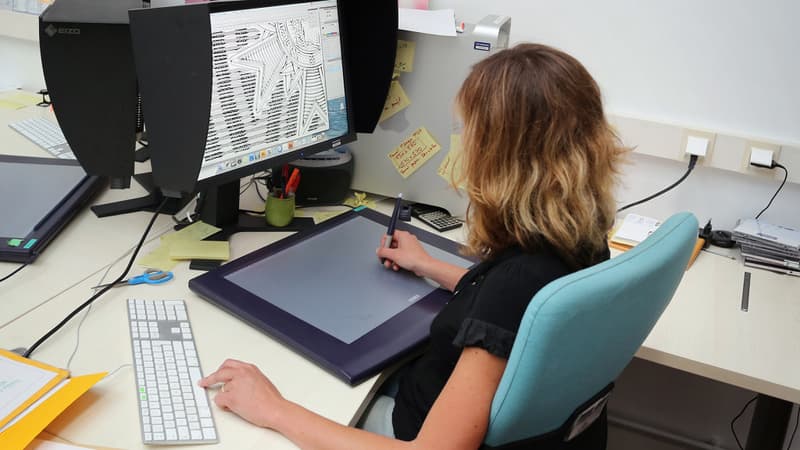As many girls as boys in engineering or computer science classes? We will have to wait a little longer. The rate for girls is still low, but tends to gradually increase. In 2019, women represented less than 20% of digital graduates in higher education and barely 25% of engineering graduates, according to a study by Gender Scan.
A figure that is too low, of which schools are well aware. Also in its latest ranking of engineering schoolsspecialized medianew factory Made a small update to your settings. The criterion of proximity to companies now takes into account the percentage of teaching hours carried out by company professionals, but also the percentage of women in promotions.
“Two reasons explain this choice: on the one hand, to get even closer to the challenges that companies face today; on the other hand, to balance the ranking by highlighting the schools that work in favor of gender diversity in the engineering professions, explain the medium on their site.
Thus, the ranking changes radically between the general and the one that focuses solely on the criterion of proximity to businesses. In the overall ranking, Polytechnique ranks first, followed by Centrale Supélec, then ESILV, Centrale Lille and then Mines Paris Tech. In the proximity criteria ranking, EPF ranks first, followed by ECE, Centrale Supélec, Agrocampus Ouest and then CESI.
slow progress
In schools, the rate of female students has become a criterion to be highlighted. For example, the National Institute of Applied Sciences (INSA) does not hesitate to point this out in its annual reports. Thus, in 2016, the group that brings together seven schools from all over France, had 31% girls. A figure elevated to 34% in 2021. Inside press release published in 2010INSA is committed to being one step ahead: “to date, 32% are young girls within INSA, while the French average is 15%”.
In other schools, the proportion of girls is also slowly increasing. Centrale Supélec had 17% female students in 2020 and 22% in 2021. Aware of this disparity, the school has established a scholarship system. The Sébastienne Guyot scholarships, which amount to 8,000 euros per year for 3 years, are reserved for female students with an unfavorable economic situation.
Coding training is also known for having a lot of kids. However, École 42 is an example in terms of finding solutions to attract more girls to this sector. From 7% of candidates for the selection tests in 2017, the rate rose to 46% in 2021. “Our goal now is to achieve gender balance in the next pools (the entrance tests to the École 42, editor’s note),” said Sophie Viger, Managing Director in a press release.
In 2017, School 42 was set for harassment cases towards the female students, who represent 10% of the workforce. Student exclusions had been pronounced.
To change minds
In order to understand the digital sphere, which is very masculine, 100% female training courses have even been created in recent years: Social Builder, Female Ambition, Hackers, Women Coding Academy, to name a few.
For its part, Simplon.co, for example, has launched 6-week pre-training courses, open only to women, which allow them to discover digital professions, learn about programming and perhaps find their way in this sector.
Orientation is precisely the whole thing. Barriers to entry are still deeply entrenched. Girls unconsciously realize that they have less legitimacy to pursue scientific studies. According another gender exploration study38% of adolescent girls believe that digital is too technical for them compared to 27% of boys and 28% think that a very high level of mathematics is needed, compared to 20% of boys.
On the other hand, the more they advance in their studies, the more this barrier falls: only 7% of adolescents say they want to move towards digital technology compared to 29% of boys. But after a first training in the field, the rate rises to 17% among girls.
Source: BFM TV


